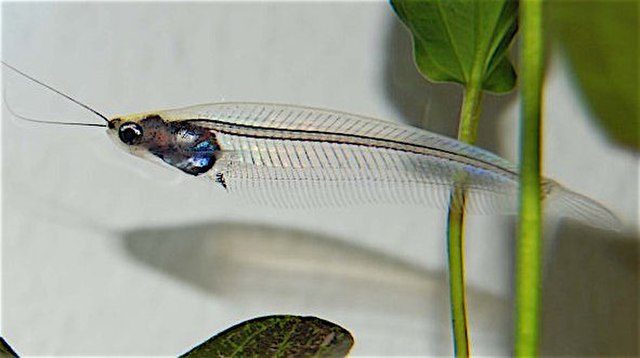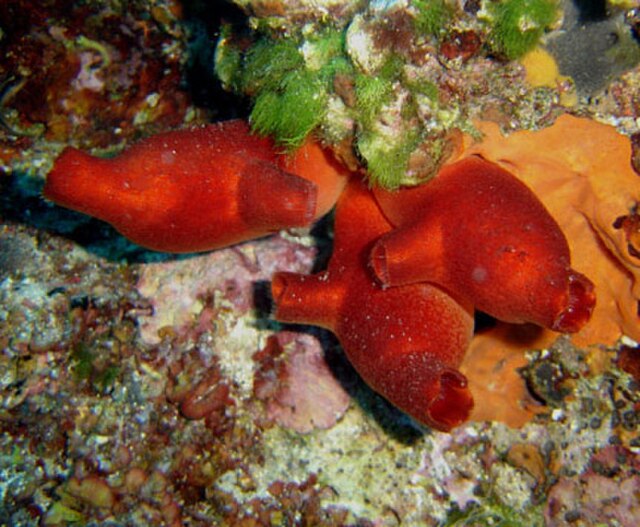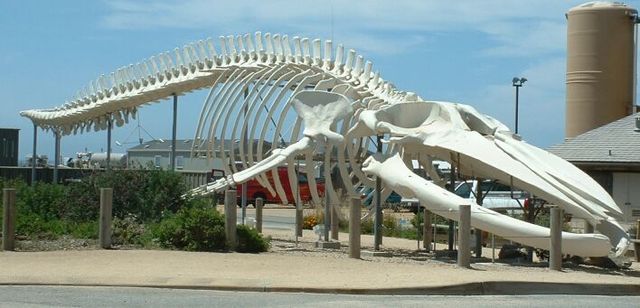A craniate is a member of the Craniata, a proposed clade of chordate animals with a skull of hard bone or cartilage. Living representatives are the Myxini (hagfishes), Hyperoartia, and the much more numerous Gnathostomata. Formerly distinct from vertebrates by excluding hagfish, molecular and anatomical research in the 21st century has led to the reinclusion of hagfish as vertebrates, making living craniates synonymous with living vertebrates.
Craniata, including this placoderm fish (Dunkleosteus sp.), are characterized by the presence of a cranium, mandible, and other facial bones.
A chordate is a deuterostomic animal belonging to the phylum Chordata. All chordates possess, at some point during their larval or adult stages, five distinctive physical characteristics (synapomorphies) that distinguish them from other taxa. These five synapomorphies are a notochord, a hollow dorsal nerve cord, an endostyle or thyroid, pharyngeal slits, and a post-anal tail. The name "chordate" comes from the first of these synapomorphies, the notochord, which plays a significant role in chordate body plan structuring and movements. Chordates are also bilaterally symmetric, have a coelom, possess a closed circulatory system, and exhibit metameric segmentation.
The glass catfish (Kryptopterus vitreolus) is one of the few chordates with a visible backbone. The spinal cord is housed within its backbone.
Cephalochordate: lancelet. Pictured species: Branchiostoma lanceolatum
Tunicates: sea squirts
A skeleton of the blue whale, the largest animal, extant or extinct, ever discovered. Mounted outside the Long Marine Laboratory at the University of California, Santa Cruz. The largest blue whale ever reliably recorded measured 98ft (30m) long.





